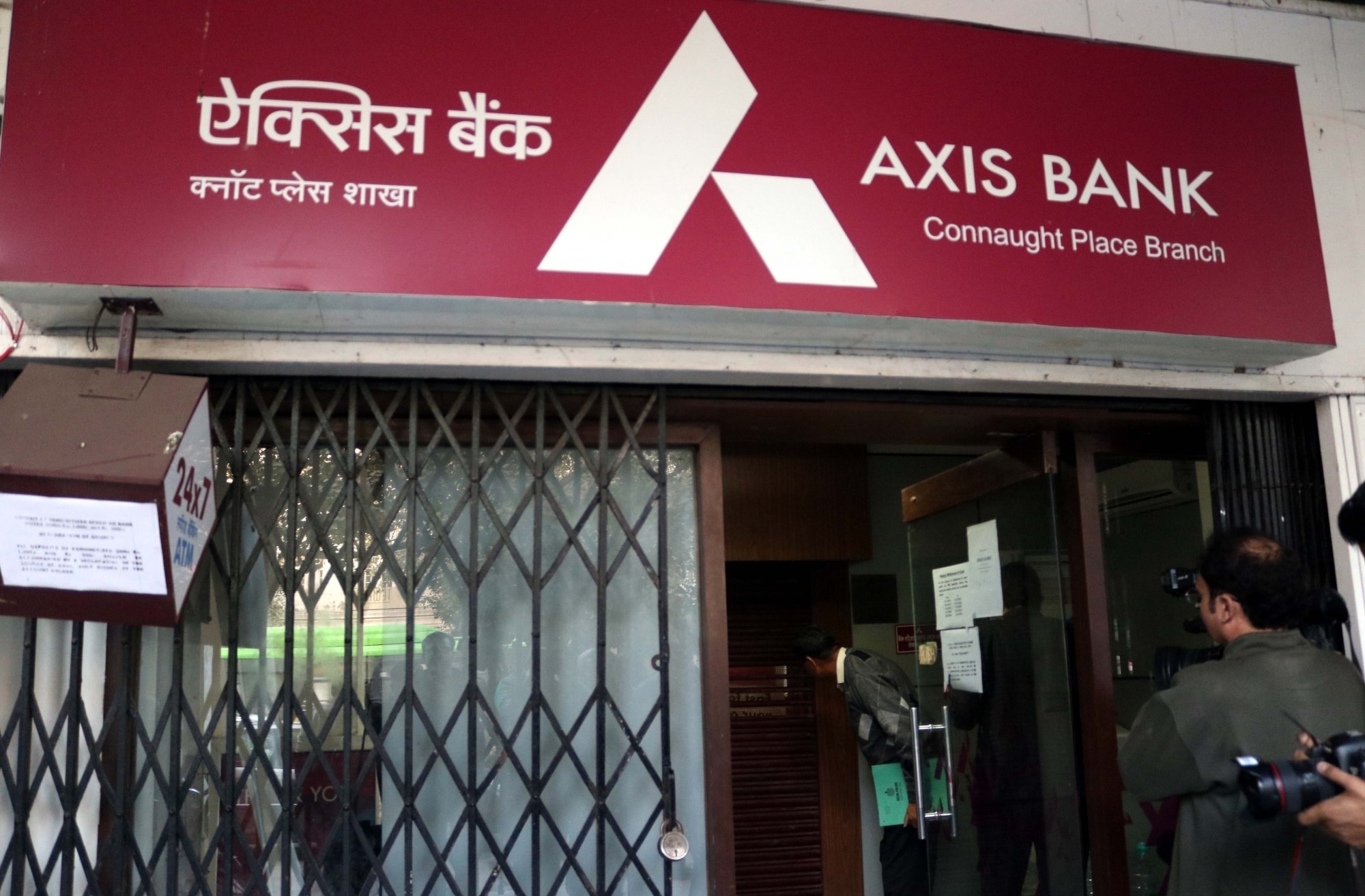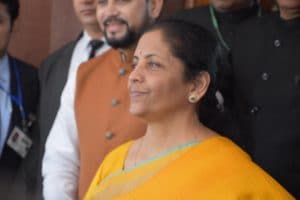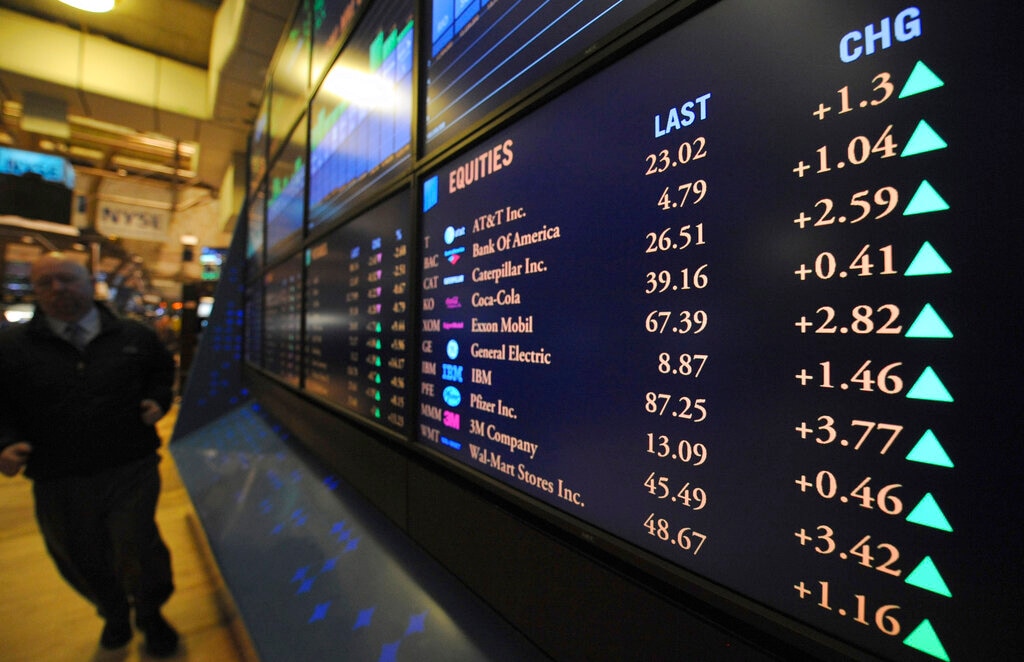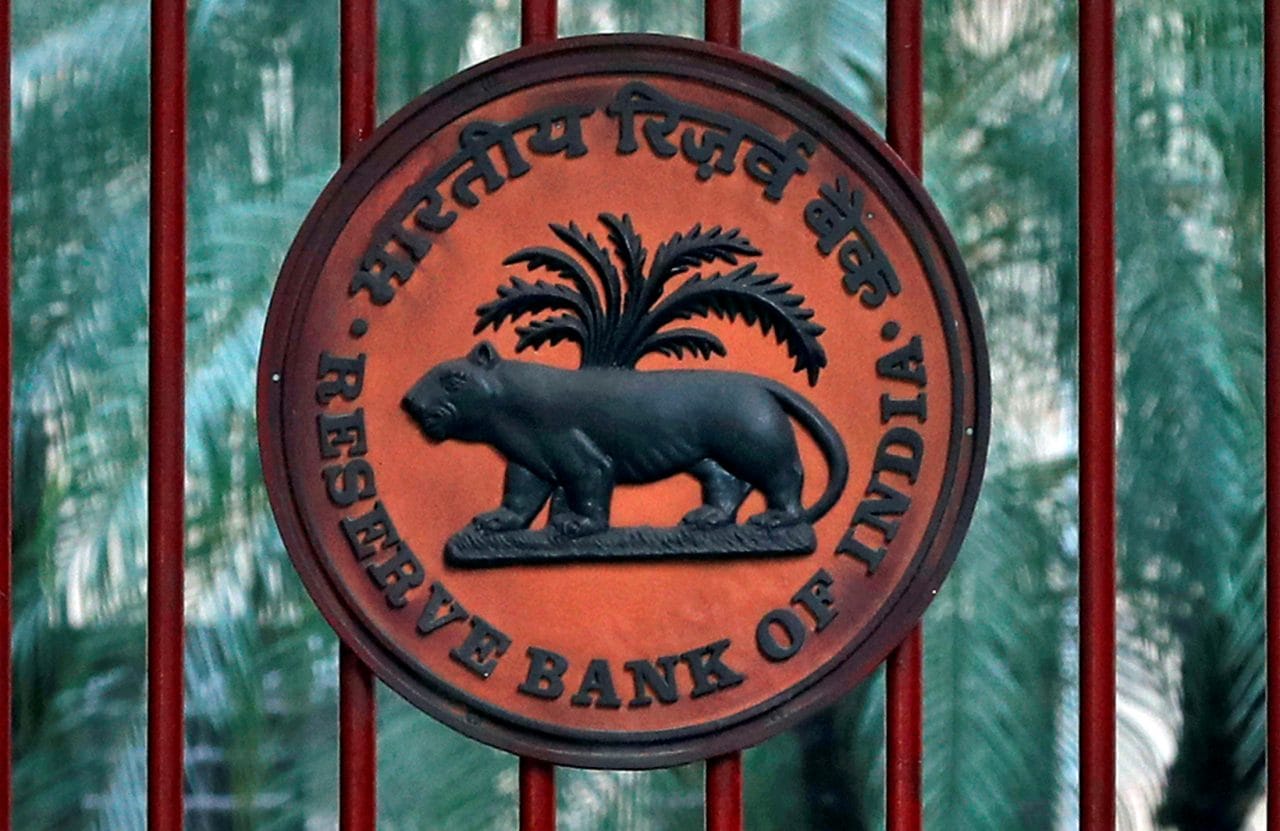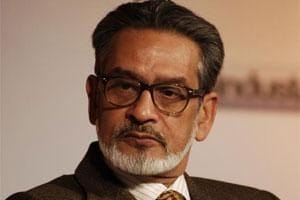Here’s is how eminent economists review monetary policy framework of the RBI
Summary
The Reserve Bank of India (RBI) governor recently said that the monetary policy framework, the way in which interest rates are set is up for review. It was in 2016 that the government and RBI entered into an agreement and the central bank said that it would keep inflation at 4 percent plus or minus …
Continue reading “Here’s is how eminent economists review monetary policy framework of the RBI”
The Reserve Bank of India (RBI) governor recently said that the monetary policy framework, the way in which interest rates are set is up for review.
It was in 2016 that the government and RBI entered into an agreement and the central bank said that it would keep inflation at 4 percent plus or minus 2 percent. Thus it formally became a flexible inflation targeting central bank. Again in 2016, monetary policy committee consisting of three external members and three members from the RBI was set up. The membership of the external members will end in September 2020. So, the agreement itself is up for review in March 2021.
Sonal Varma Chief India Economist at Nomura and Samiran Chakraborty, Chief Economist at Citi, both members of the CNBC-TV18’s Citizens Monetary Policy Committee, in an interview with the channel reviewed the current framework.
Varma said, “It is definitely time to review, more in the sense of what are the learnings from the last say 4 years of flexible inflation targeting. On average inflation over the last 4 years has actually been about 4 percent and macros in general have been stable. Expectations have broadly been anchored. Indirectly, the regime has put pressure on the government also to keep its food, agriculture related policies and fiscal deficit under control.”
So, clearly there are things that have worked but there are learnings in terms of the nuances of the regime that require a review, said Varma.
She further added, “There are various aspects of the regime that need to be reviewed. First is, what should we target – should it actually continue to be headline inflation or should we target a variant of core? My view is that given the volatility in food prices, I would be more in the camp of targeting a variable that monetary policy can actually control through interest rates. There is also a case to be made to actually target the core.”
“Second is whether it should be 4 percent plus or minus 2 percent? Globally, we are moving in an environment of lower inflation, so I do not see any point in inflation in India actually moving in the other direction and hiking its inflation target. So, the target should remain 4 percent. But if you are targeting a variant of core then I don’t think India needs to have a plus or minus 2 percent kind of a band, a 1 percent variation should be okay,” she said.
“Third and more importantly, our communication with respect to the inflation target has been sort of one year ahead. We expect inflation to be sub 4 percent but these point estimates on inflation do not carry much value. Ultimately, it is really the average over a longer period horizon that matters a lot more and therefore the communication around the inflation target has to evolve into more — let us say a 12 month average of where we think inflation would be. So there are various nuances of the regime that needs to be tweaked on this framework.”
According to Chakraborty the inflation targeting framework has served us well over the last four years or so. So, there is no urgent need to change that framework because they may create an added layer of uncertainty if they are changed too frequently.
“We can do some minor changes here and there, but broadly since it has served its purpose of keeping inflation well anchored and giving some kind of stability to the system, I do not see a need to go back to the old multiple indicator approach,” said Chakraborty, adding that we should not forget that it is a flexible inflation targeting framework, so within itself it has the power to focus enough on growth.
“The Reserve Bank of India (RBI) has maintained that this is something which the core RBI keeps on looking at and so there is no reason for us to believe that financial stability will be sacrificed because of anything else,” he said.
Chakraborty further added, “The Standard Tinbergen Principle is that for one objective there should be one instrument. So, there is no need for us to think that we need several instruments for the same objective of inflation as long as the markets are more or less complete and there are less information asymmetries and less market fragmentation.”
According to him, the reason why probably some people are suggesting that the Monetary Policy Committee (MPC) should be empowered with more instruments is that our markets are often quite fragmented and right kind of signals don’t percolate through the system. For example, today this whole divergence between the M0 growth versus M3 growth, is happening because of a certain amount of risk aversion in the system. The reason why the transmission of rates are not happening is again because of market fragmentation.”
“Those are issues which are beyond the scope of the MPC framework and so they have to be dealt with separately. Once, we have a more developed financial system, then MPC should be able to give the right signals just through the repo rate and have enough control over the nominal anchor of inflation,” said Chakraborty.

Elon Musk forms several ‘X Holdings’ companies to fund potential Twitter buyout
3 Mins Read
Thursday’s filing dispelled some doubts, though Musk still has work to do. He and his advisers will spend the coming days vetting potential investors for the equity portion of his offer, according to people familiar with the matter


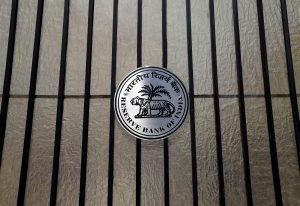






 Listen to the Article
Listen to the Article  Daily Newsletter
Daily Newsletter







